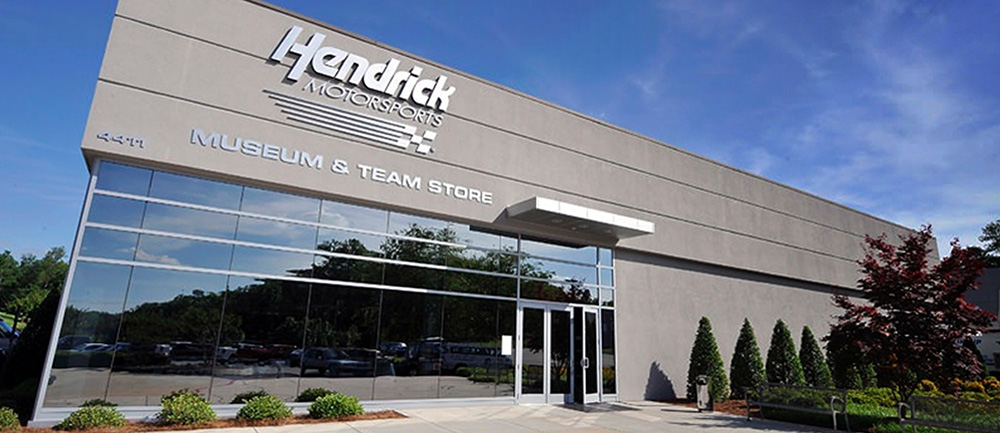
CONCORD, N.C.— For the second time this season, we've made the trek to Daytona International Speedway.
And, it’s time to put the pedal to the medal.
With the anticipation of Saturday’s night race, check out seven fun facts below about Hendrick Motorsports' superspeedway cars.
1) The differences between a Hendrick Motorsports superspeedway race car and a short track and intermediate race car are based on speed. The goal while creating a superspeedway race car is to eliminate drag and downforce, allowing air to pass over the race car to achieve maximum speed.
2) Aerodynamics play a major role in the construction of a Hendrick Motorsports superspeedway race car. Our aerodynamicists use a special computer dynamics system to view the aerodynamic properties of a wind tunnel in order to understand the areas of the superspeedway cars that need to change.
3) Hendrick Motorsports' Sprint Cup Series engines are redesigned for superspeedway race cars. The tapered spacer, located under the throttle body of a race car, is adjusted to impact horsepower and limit the speed of the superspeedway race cars.
4) Superspeedway race cars have various adjustments made to increase power and speed. Underneath the cars, the fore board, along with other components, are adjusted to be as high away from the track in an effort to increase air flow.

5) The time it takes to build the chassis of a superspeedway car versus a short track and intermediate chassis is completely different. It takes roughly seven days to build a chassis body on short and intermediate race cars and 10 days for a superspeedway race car.
6) After a restrictor-plate race, our race cars return to the shops and will be fixed and turned around to be used at another upcoming superspeedway track.
7) From start to finish, superspeedway race cars take two months to build before they hit the track at Daytona International Speedway or Talladega Superspeedway.







